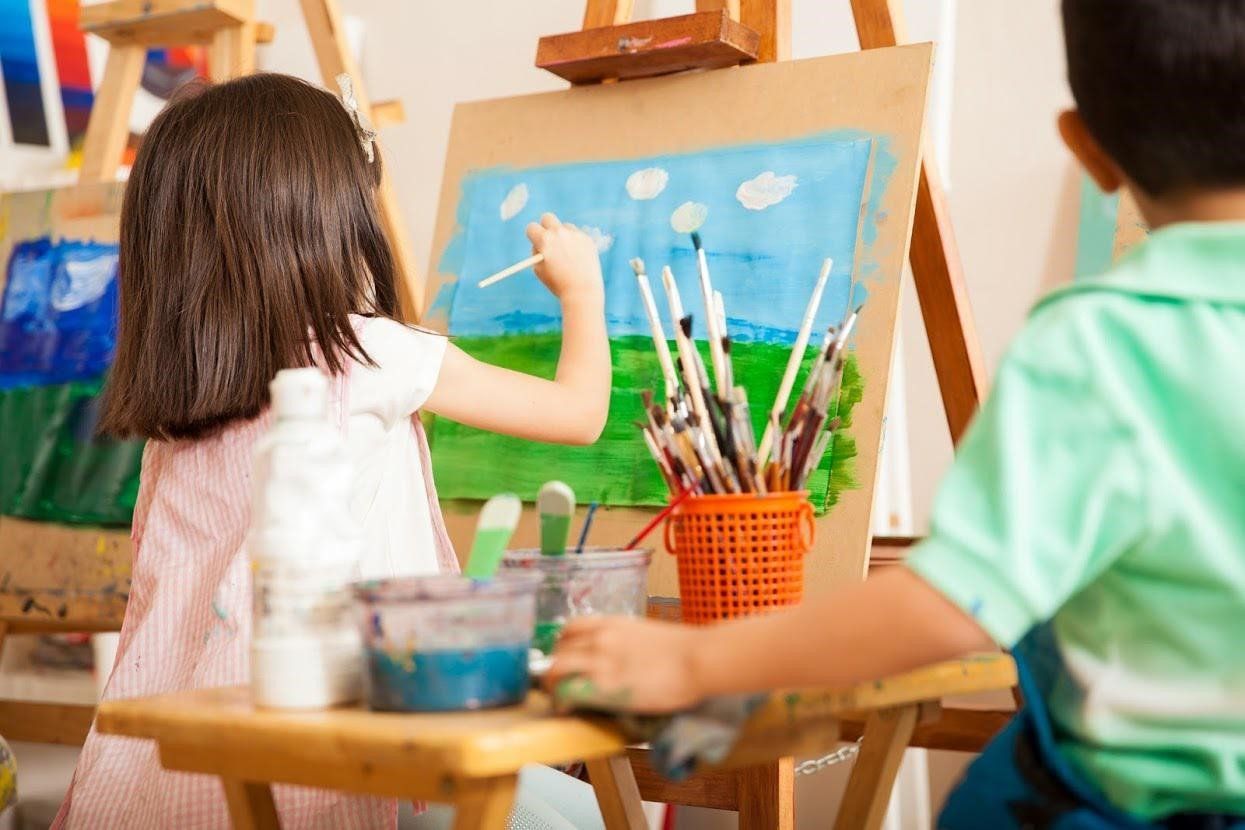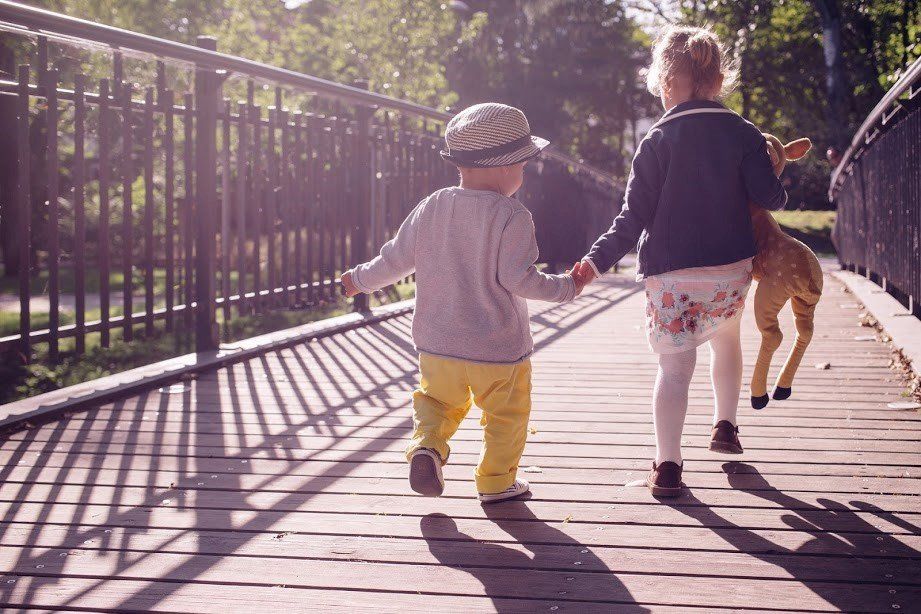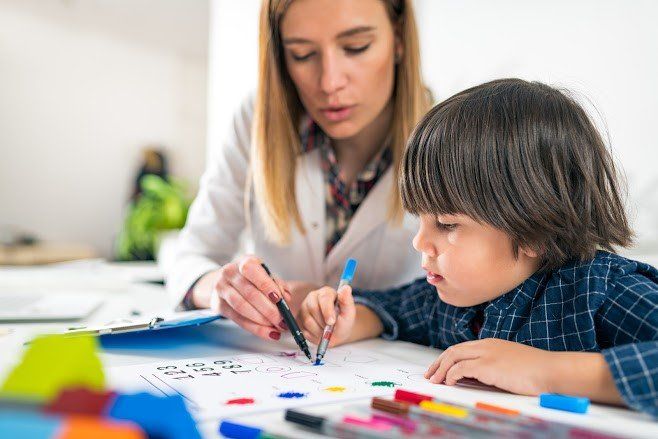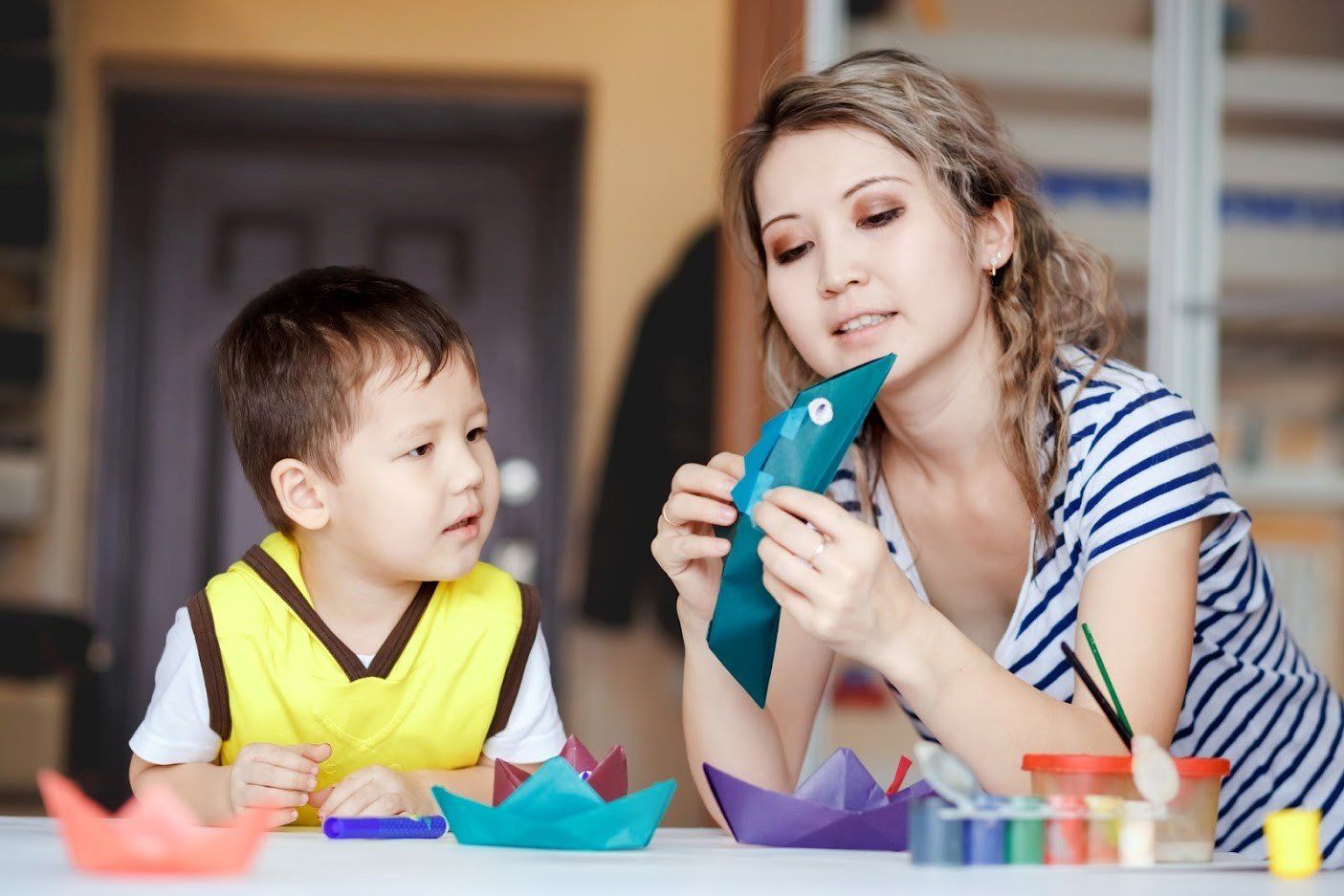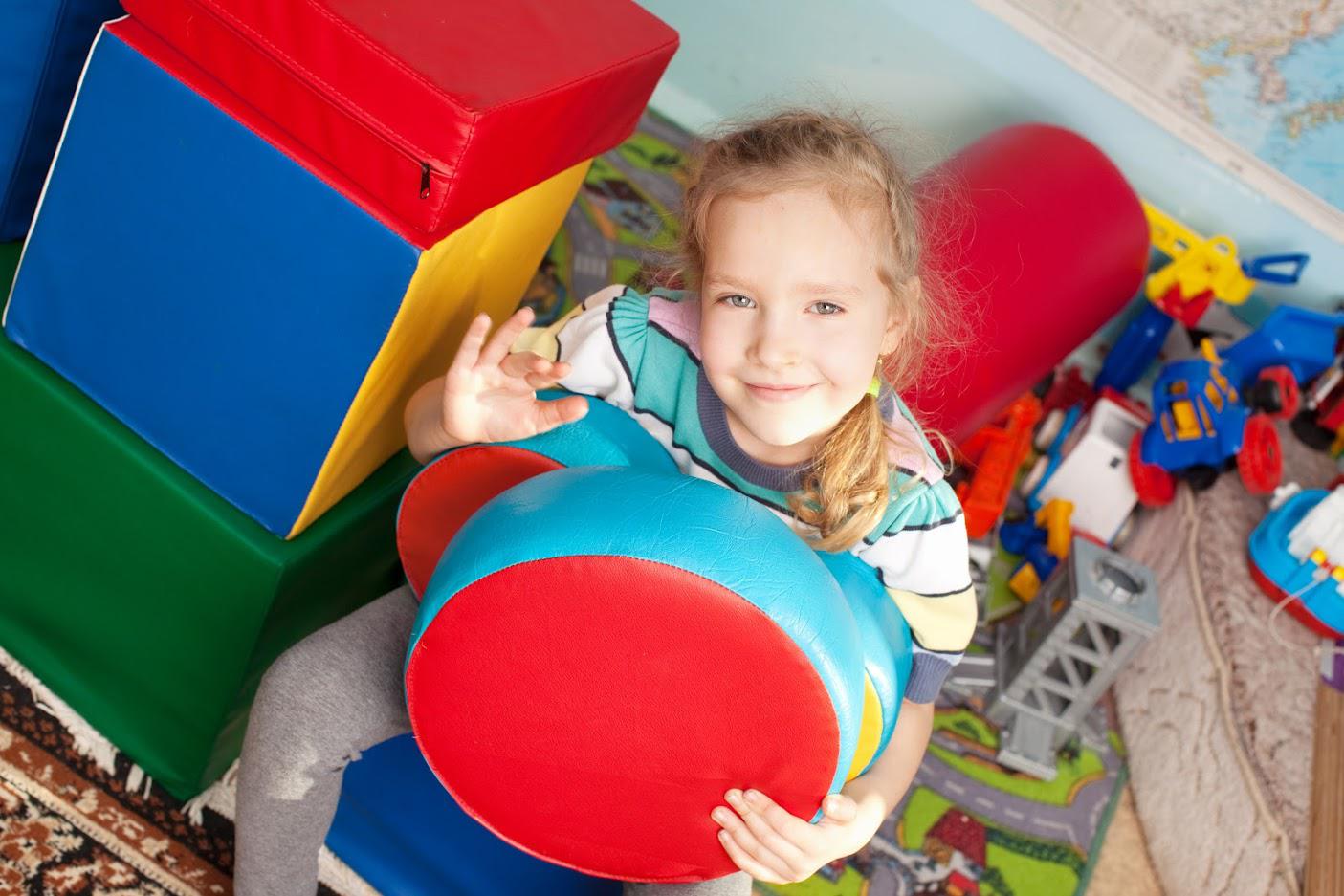Every Step of the Way: How Your Child Grows
As new parents, you may worry if your baby doesn't roll over when they hit four months or start reading by the age of three. But each step in the process is an achievement and each milestone worth celebrating, whether this is your first child or fifteenth.
Use a timeline like the one below to track your baby's development throughout the months, while recognizing that your little one will accomplish what they need to in due time.
Year One
Children have a lot of learning to do when they leave the womb, so the first few months are mostly about adjusting to the outside world. In the first few months, your baby will learn how to move limbs, process the information all the senses bring in, and grab for things if he or she wants them. Muscles start to develop as time goes on, from head and neck muscles at the beginning to arms and hands as time goes on.
Additionally, their mobility will develop before you know it. One day (between four and six months on average) they'll be able to push up on their arms and roll from side to side. Then around seven or eight months they'll be crawling and scooting around. As early as eight months, but usually around a year, your little one will start walking, and you'll have all you can do to keep up with them after that.
Year Two
While playfulness and responses to some outside stimulus (clapping hands or copying facial expressions) start to develop in the first year, year two is when your child will learn to communicate more.
Talking happens on a very loose timeline, and input from caregivers makes a lot of difference, but between nine months and two years old you should start hearing words. Children this age can begin to identify colors, numbers, animals, and body parts if taught.
At two, most children will learn to understand interactions with others one way or another. In a carefully structured environment, they can learn how to handle situations that would have scared them their first year and explore with more freedom than their limited mobility allowed before. Two-year-olds are often curious and want to learn about things, so when your child communicates a question, take the opportunity to teach.
Year Three
Social skills begin to develop early on and continue to grow as your child learns more about the world around them. Language is crucial in these first few years, and your toddler might well be able to carry on conversations and identify themselves or others with ease. Connecting details to people, like names and ages, will grow easier; and ambitious parents may start teaching them to count or memorize the alphabet. You'll have to judge what your child can do.
Beyond
The milestones start slowing down after the first couple of years, but that's no reason to stop celebrating new skills and progress. As language comprehension continues to grow and your little one interacts with others, they'll have a lot to learn. Encourage them when they do well and help them understand when they do something wrong so they can learn how to evaluate and adapt their behaviors of their own accord.
While the timeline above is a good general indicator of what you can expect, remember that every child will develop at his or her own pace. Stay in touch with your pediatrician and any childcare providers to make sure your little one gets everything necessary to grow and function in the world.
An expert preschool will work with you to monitor your child's progress and promote healthy growth environments for every kid under their care. For the quality care and nurturing your baby deserves, use Small World Early Learning and Development Centers, a group committed to helping your child reach their full potential.


